Australian Tropical Rainforest Plants - Online edition
Dinghoua globularis (Ding Hou) R.H.Archer


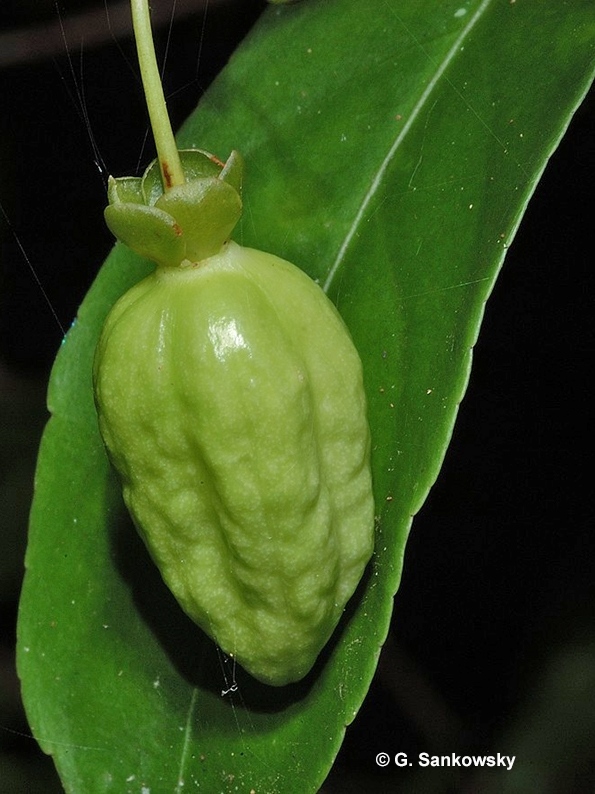
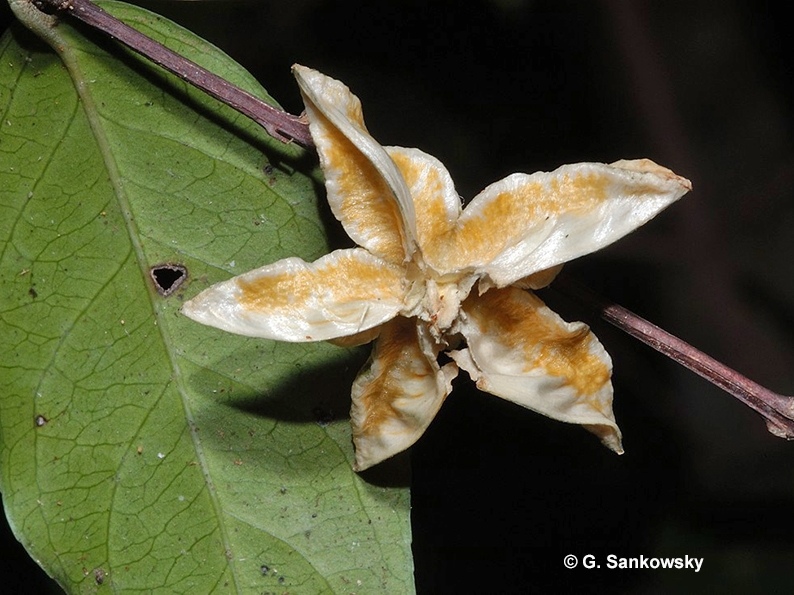
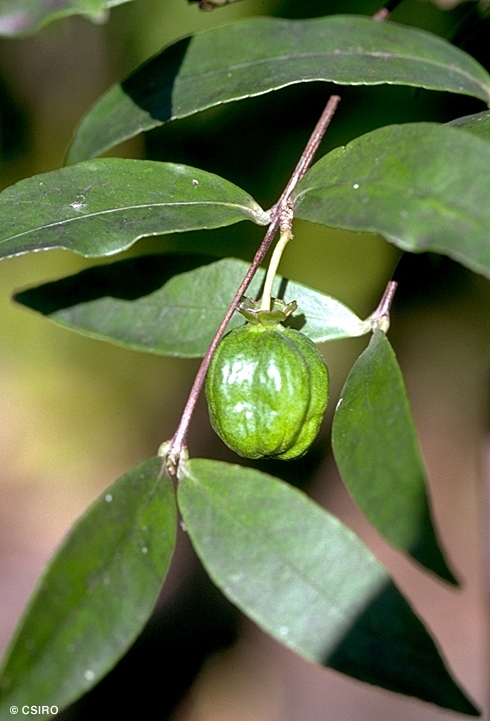
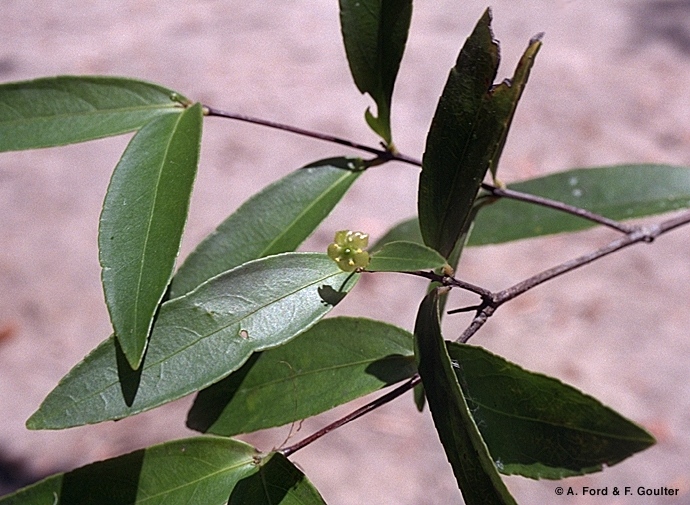

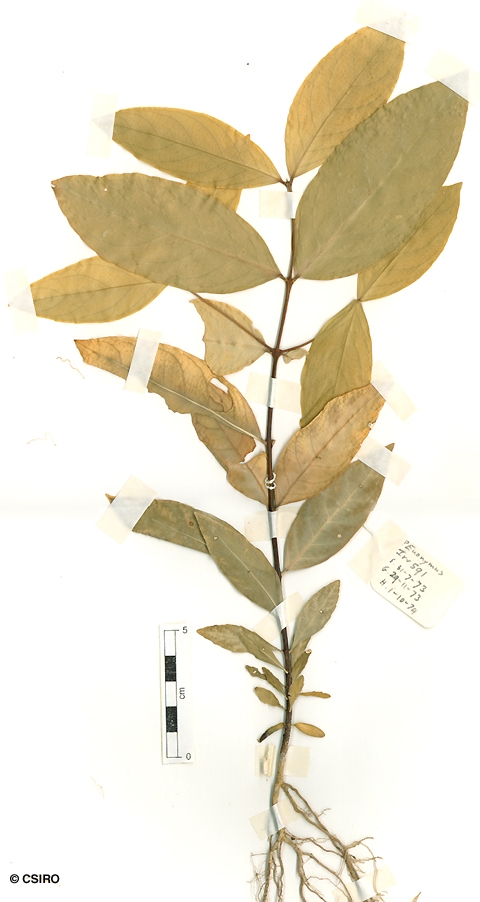
Simmons, M.P. et al (2012) Molecular Phylogenetics and Evolution 62(1): 16
Can grow into a small tree but usually flowers and fruits as a shrub 2-5 m tall.
Leaf blades glabrous, about 8.5-10.5 x 4-6 cm, petioles about 0.2-0.3 cm long, grooved on the upper surface. Lateral veins about 4-6 on each side of the midrib. Stipules caducous. Lateral veins curving but not forming distinct loops inside the blade margin. Leaf blade toothed all around the margin but the teeth small and inconspicuous. Many of the tertiary veins tend to run at right angles to the midrib.
Sepals about 1.2-1.4 mm long. Petals suborbicular about 1.8-4 mm long, margins smooth. Staminal filaments attached outside or to the outer edge of the disk. Staminal filaments broad but not wider than the anthers. Pollen yellow. Style about 0.3 mm long.
Cotyledons narrowly elliptic, about 13 x 4 mm. First pair of true leaves with toothed margins. At the tenth leaf stage: tertiary veins tend to be at right angles to the midrib, stipules small and inconspicuous, stem marked by pale coloured lenticels. Seed germination time 121 days.
Endemic to NEQ. Altitudinal range from near sea level to 650 m. Grows as an understory plant in open situations (such as creeks and gullies) in well developed lowland and upland rain forest.
Euonymus globularis Ding Hou, Blumea 22: 271 (1975). Type: Queensland, Shiptons Flat, 14 Sept. 1948, L.J. Brass 20224; holo: L; iso: BRI K.





